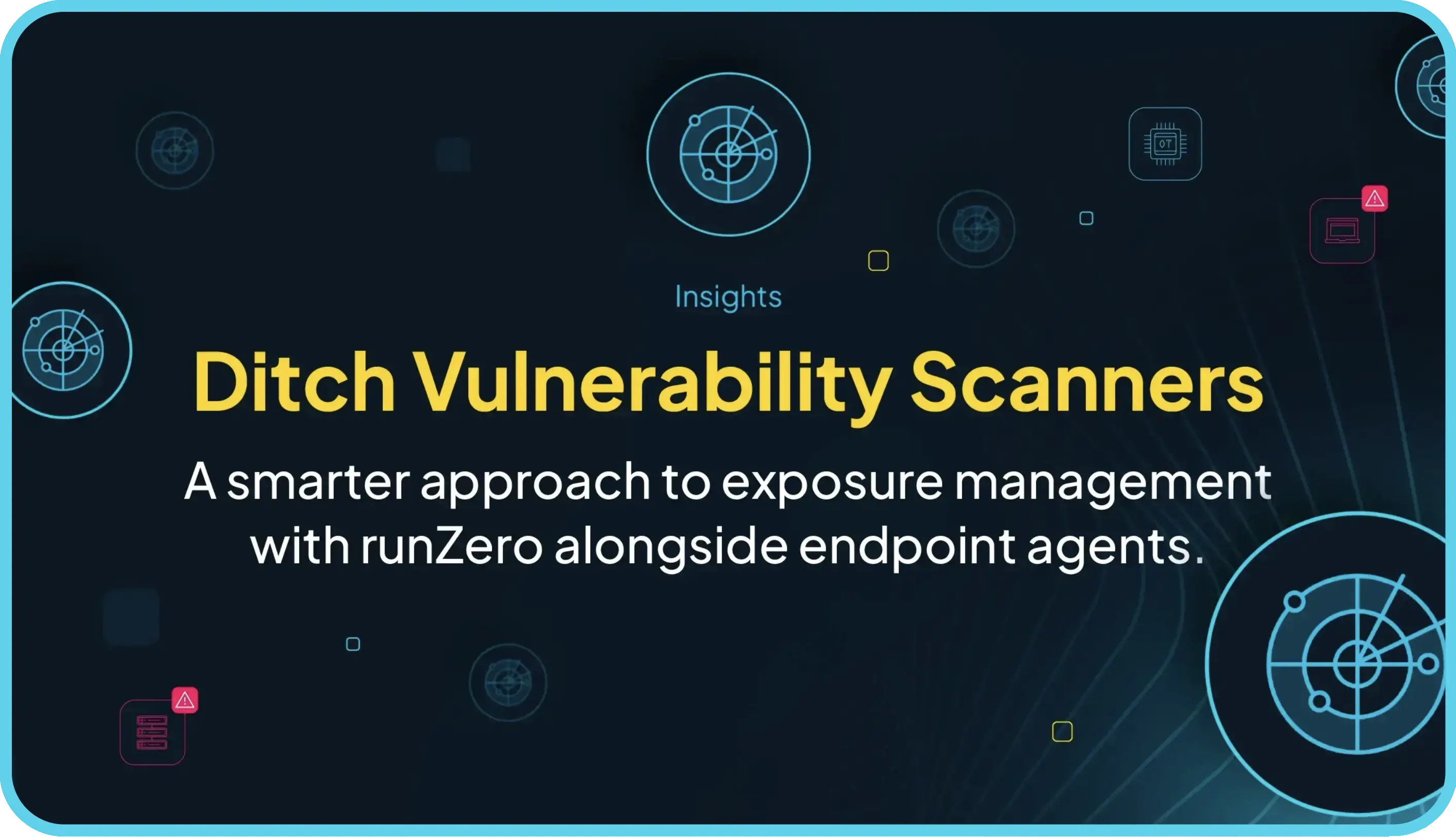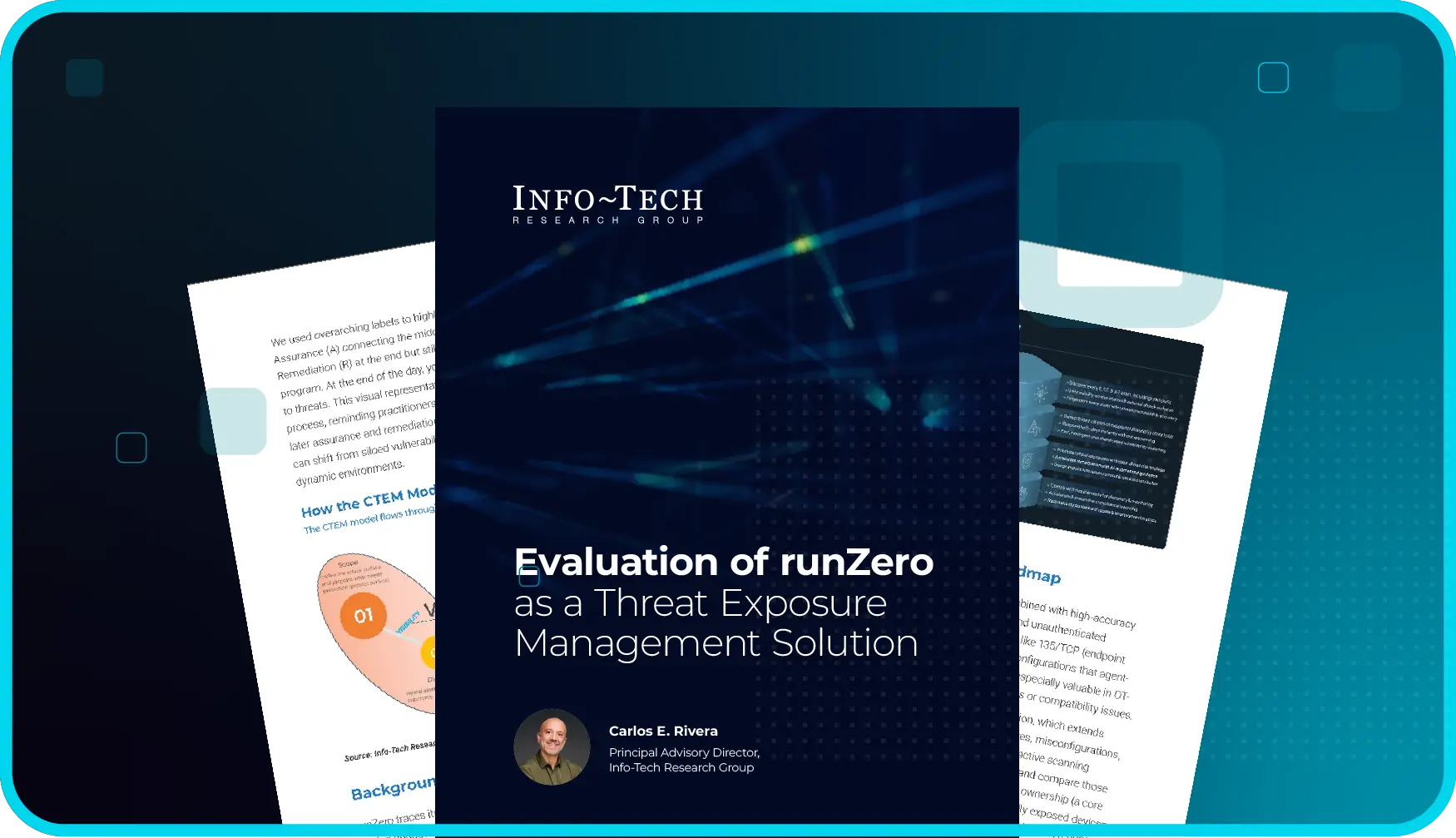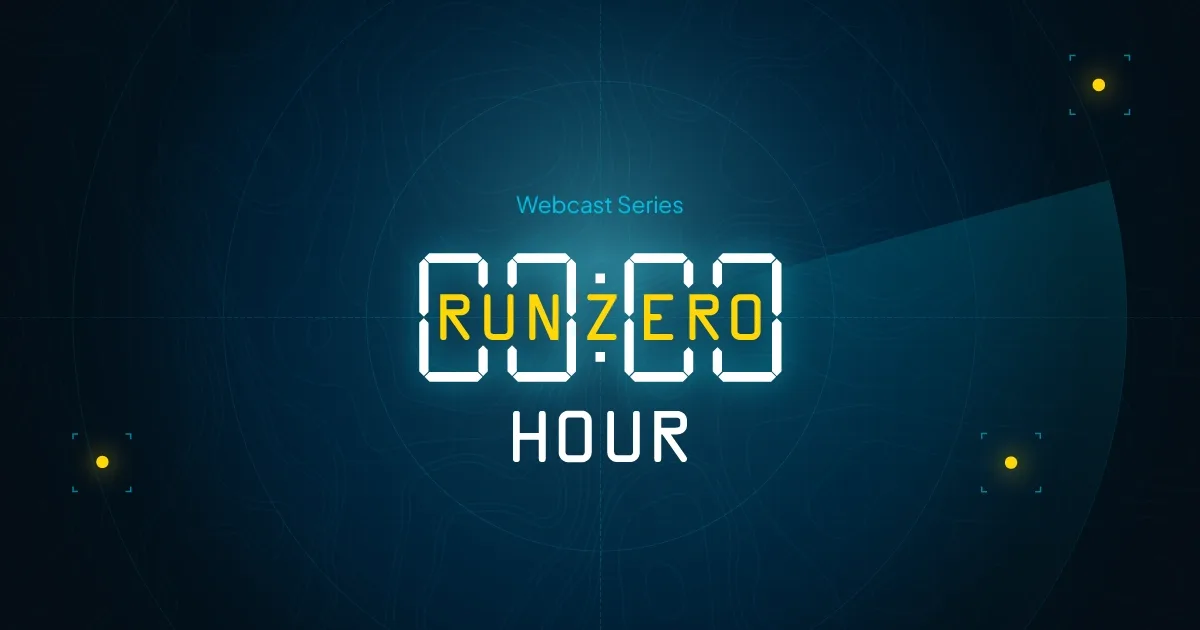We’ve all been trained to fixate on the number. Whether it's a CVSS score of 9.8 or an EPSS probability of 0.73429, security teams are under pressure to rank, triage, and patch based on single metrics. But in Episode 18 of runZero Hour, a conversation with EPSS co-creator Jay Jacobs revealed something that might change how you think about vulnerability risk entirely.
The number itself isn’t always the most important signal. Instead, it’s the change in that number — the volatility — that may hold more predictive power. As runZero’s Tod Beardsley explained in this episode, a sudden spike in an EPSS score might be your first sign of something bigger brewing. “I think the deltas are more interesting than the final number,” he said. “That tells me something just happened to make this much more likely to be exploited.”
This is more than a theoretical observation. EPSS is updated daily using machine learning models fed by real-world exploitation signals — things like IDS/IPS detections from live enterprise networks, newly published Metasploit modules, pull requests on exploit repositories, and dark web chatter. That means it doesn’t just reflect potential severity, like CVSS, it also reflects how “attacky,” as Tod put it, the Internet feels today.
Volatility can serve as a kind of early-warning system. If a vulnerability’s EPSS score jumps 50+ points overnight, it may be time to take a closer look — even if its CVSS score is a sleepy 7.2. And unlike CVSS, which has seen score inflation and subjective disagreement between vendors, EPSS is grounded in observed behavior, not guesswork.
Check out the on-demand recording of this special runZero hour to learn:
How to operationalize volatility as a signal in your vulnerability management program
Why CVSS scores aren’t the empirical truth they pretend to be
A candid breakdown of what EPSS and SSVC get right — and where they still fall short
And check out our latest report, Divining Risk: Deciphering Signals From Vulnerability Scores the strengths and weaknesses of all modern scoring systems.
















